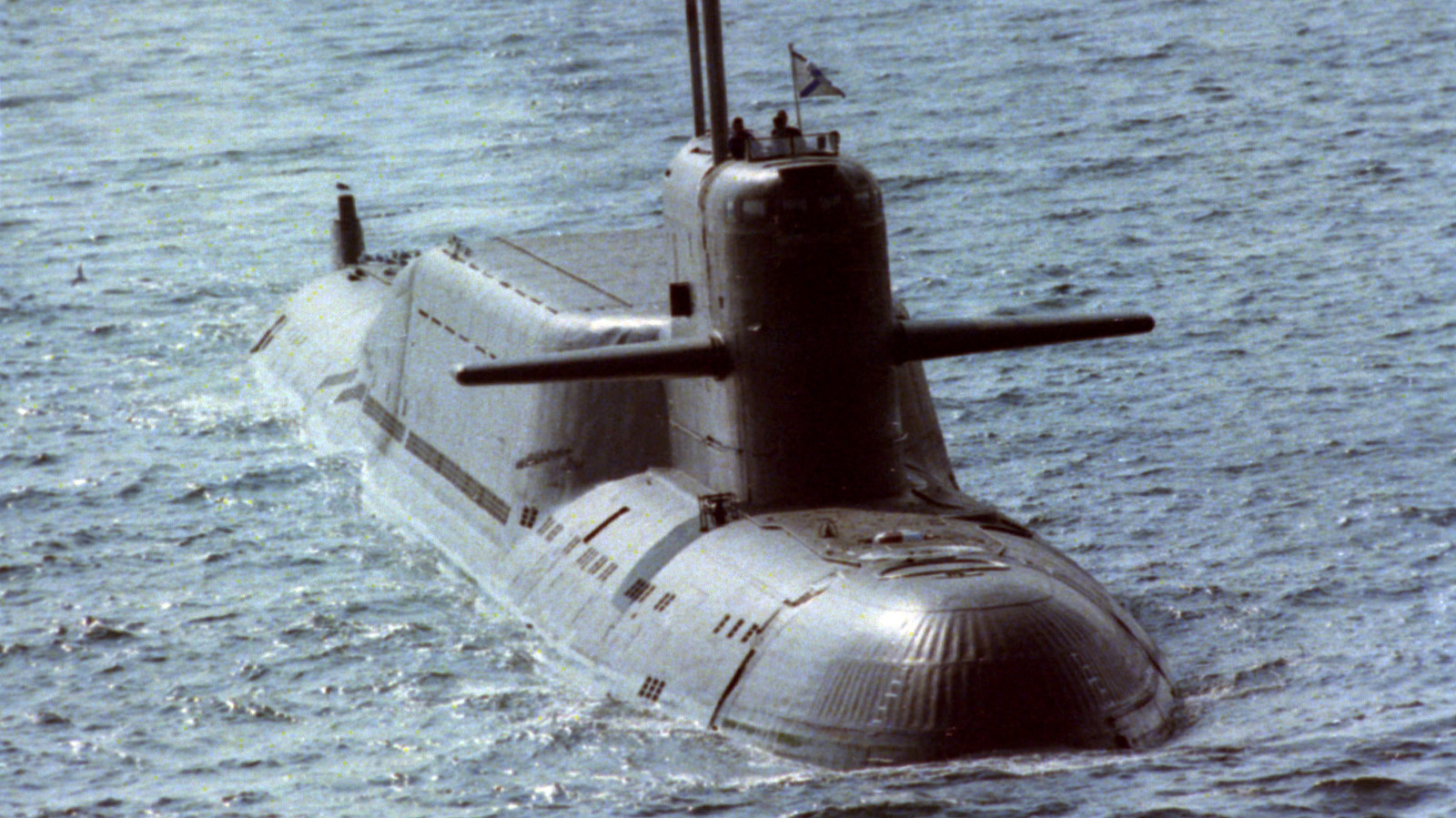
Submarines appeared on the global stage during World War I, when Germany unleashed a campaign of unrestricted submarine warfare in 1917 to sever supply lines between Great Britain and its allies. In response, an arms race in submarine and anti-submarine technology kicked off, as new devices like mines, sonar, magnetic radar detectors, and torpedoes became increasingly complex. When the world’s first nuclear-powered submarine, the USS Nautilus, entered service in 1954, the risks faced by submariners were daunting.
Nuclear submarines emerged after World War II, and the United States soon became the country with the biggest nuclear fleet. However, the only time a nuclear submarine even engaged in combat was during the Falklands War in 1982, when the Argentinian cruiser ship ARA General Belgrano was torpedoed and sunk by the British submarine HMS Conqueror. Still, submarine accidents pose a serious risk, and routine operations can quickly turn into catastrophe. The most devastating such accident was the sinking of the USS Thresher.
In 1963, the USS Thresher was conducting a test dive when its garbled communications suddenly went silent. The craft had imploded, taking with it the lives of all 129 crewmembers on board. It was the deadliest nuclear submarine accident to happen at sea — or ever, for that matter. Other accidents have occurred, such as the 2000 Kursk disaster, when the Russian nuclear submarine experienced an accidental detonation of its munitions, and was sunk with the loss of 118 crew.
How a faulty pipe turned the Thresher into a death trap
On April 10th, 1963, the USS Thresher was paired with the submarine rescue ship, the USS Skylark, for a deep-diving test. The two vessels had traveled 220 miles off the coast of Cape Cod, Massachusetts, where ocean depths reach over 8,000 feet. It was an ideal location for the Thresher to test its deep-diving capabilities, since the submarine had been scheduled for a 1,300-foot dive.
Initially, communications with the USS Skylark were normal, but the transmission became too garbled to be interpreted clearly. Through the choppy fragments of transmission, the Thresher reported it had encountered a “minor” technical difficulty. Five minutes later, sonar on the USS Skylark recorded the powerful boom of the Thresher’s implosion. The Navy immediately dispatched over a dozen rescue ships to the location, but there was virtually no hope that any of the 129 crewmen had survived. The implosion had occurred under hundreds of feet of water, so the next step was to investigate the cause of the sinking. The Navy initiated an official inquiry.
Without eyewitnesses, it’s impossible to determine with 100% certainty what happened. However, the court of inquiry determined the likeliest culprit was a piping failure in the engine room. A burst pipe would have led to a domino effect of problems. The incoming saltwater likely flooded the engine room, shutting off the nuclear reactor and freezing the main ballast tank. Without engine power for propulsion or control of the ballast tank for an emergency surfacing, the Thresher sank past the depth that submarines can safely travel. At such crushing depths, the vessel imploded. The accident left a powerful legacy, as it inspired the Navy to institute new safety protocols to prevent such a tragedy from happening again.
How the USS Thresher tragedy changed naval protocols forever
Though the USS Thresher disaster was the deadliest, other tragic nuclear submarine accidents have occurred since. The sinking of the Russian Kursk made global headlines in 2000 when 118 crewmen died, while less well-known accidents include the 1989 sinking of the Komsomolets, which killed 42 crewmen, and the 1970 sinking of the Soviet K-8 submarine, which killed 52 crewmen. And in 1969, the USS Scorpion sank with 99 sailors on board.
Yet, none of these deadly accidents were caused by faulty hardware or design flaws in the submarines themselves. The Kursk sank due to a poorly-designed torpedo that exploded inside its launching tube. Both the Komsomolets and K-8 accidents were caused by fires, and the USS Scorpion most likely sank from an inadvertent activation of one of its torpedoes on board. (It wasn’t the first time a US submarine was sunk by its own torpedo.) The USS Thresher, however, sank due to a failure in quality control.
After the piping failure that caused the USS Thresher to implode, the Navy created the SUBSAFE program. Essentially, it’s a process of checking and double-checking that the submarine’s components are in good working order. The entire SUBSAFE program involves multiple signatures, audits, tests, and inspections, often before components are even installed in the vessel. However, its exhaustiveness is the key to its success. Since the USS Thresher accident, no SUBSAFE-certified submarine has sunk.
